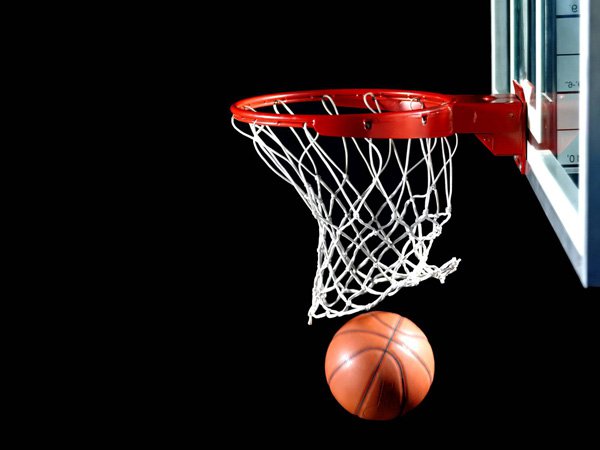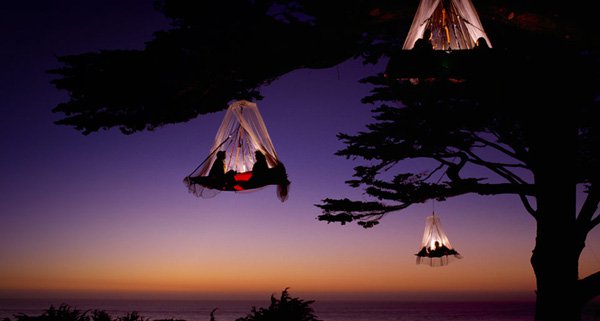Hiking Shoes - Light And Cheap
A dozen years ago I went from using hiking boots to lightweight hiking shoes. It was a part of my move from mainstream backpacking to lightweight or "ultralight backpacking." I stopped getting blisters and have perhaps one or two in the years since.
Apart from keeping things light, another important goal of mine was to spend less money for clothing and equipment. The change to shoes fit into that plan. Here are some of the ways to keep your hiking shoes both light and cheap.
Buy Closeouts
For longer hikes and backpacking trips I like to have high-quality shoes. Generally I use good running shoes that weigh a pound or less each. If they list the weights, I buy them through catalogs or online. Otherwise I can tell by lifting the shoes in the local shoe store if they are in my weight range. If you shop in traditional stores, you could also bring a small kitchen scale to check weights.
Of course, many of the best running shoes cost $80 or even $100. I don't like to spend that much on shoes ever, so I buy closeouts. For some reason, people apparently want the latest fashion. There is no difference in performance as far as I can see or feel, but thanks to this fashion-conscious market last years styles are hard to sell, and so are discounted steeply. I have bought $85 running shoes for as little as $25 in this way.
The Sierra Trading Post catalog is a good one to check for these deals. I won't mention specific brands that are light or cheap because these change so frequently. Check online, get a few catalogs sent to you, and you'll find some deals.
Buy Low Quality
My second strategy for keeping my hiking shoes light and cheap is to go to Wal-Mart or Kmart or other places which sell shoes inexpensively. The lowest cost shoes I use at the moment (2009) are $10 at Wal-Mart. They are definitely low quality, but only in terms of materials and longevity. In actual use, they grip better than any expensive shoes when I am hiking in rocky territory where I like to climb around a bit.
The key with these cheap hiking shoes is to use them only for short backpacking trips and hikes that don't take you too far into the wilderness. I once used a $7 pair of shoes on a week-long 110-mile trip in the Rockies, and I almost regretted it. They came close to falling apart after seven days of rough terrain.
I have to say, though, that they were very comfortable, light, and required no "breaking in." I would use such hiking shoes again, but limit them to trips of about three days or less. I might also carry some duct tape just in case repairs were needed.
So shop those closeout sales for quality running shoes (they still seem better to me than those specifically called hiking shoes). Or buy the cheapest comfortable shoes you can find for shorter hikes. And bring a scale to the store with you. That's how you keep it light and cheap.
The Parts And Pieces Of The Hiking Boot
Follow These Tips Before You Head Out On That Next Hiking Trip


